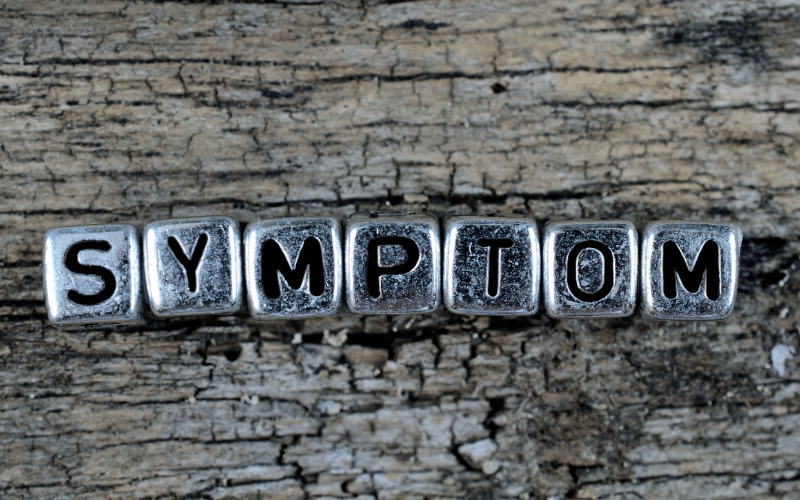4. The IBD Spectrum: Symptoms Beyond the Gut

IBD, with its gastrointestinal focus, is often associated with symptoms like abdominal pain or diarrhea. But scratch beneath the surface, and a broader spectrum of manifestations emerges.
First off, let’s delve into the gut-adjacent symptoms. Unintended weight loss, for instance, is often a signpost. In the throes of inflammation, the gut struggles to absorb nutrients, leading to this weight fluctuation. Coupled with this is fatigue, but it’s not the ‘I’ve had a long day’ kind. It’s a pervasive, crippling tiredness that doesn’t budge even after a full night’s rest.
But the story doesn’t end in the gut. IBD often sends ripples throughout the body, leading to what are termed as extraintestinal symptoms. The joints, for instance, are frequent targets. Patients might experience arthritic-like symptoms, with their joints becoming inflamed, painful, and swollen. It’s an unexpected twist in the IBD narrative and underscores the disease’s systemic nature.
The skin, too, isn’t immune. Erythema nodosum, characterized by tender red nodules, often surfaces in IBD patients. These nodules, typically found on the shins, can be both painful and disconcerting. Similarly, the eyes can bear the brunt, with conditions like uveitis and episcleritis being linked to IBD.
Then there are the rarer manifestations. Liver disorders, such as primary sclerosing cholangitis, have been associated with IBD, especially Ulcerative Colitis. It’s a stark reminder that IBD, while primarily a gut disorder, has a reach that extends far beyond.
Recognizing this broader spectrum of symptoms is essential. It helps paint a comprehensive picture of IBD, ensuring that patients receive the holistic care they deserve. (4)